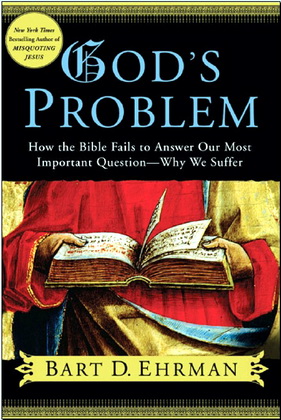
Keener - The Gospel of Matthew
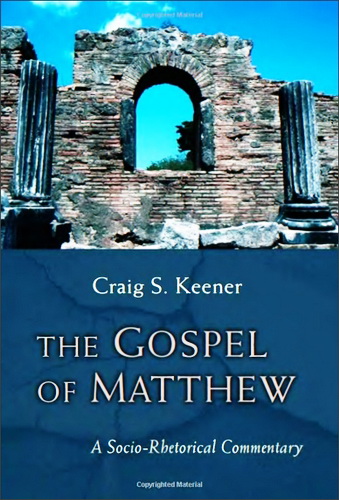
Different commentaries emphasize differing primary concerns, such as redaction criticism (Gundry 1982), structuralism (Patte 1987), and the history of interpretation (Luz 1989; cf. idem 1994; Schnackenburg 1996). Without minimizing or excluding such concerns, this commentary focuses especially on two aspects of interpretation: analysis of the social-historical contexts of Matthew and his traditions on one hand, and pericope-by-pericope suggestions concerning the nature of Matthew’s exhortations to his Christian audience on the other. The latter aspect can be helpful today in that most readers of Matthew commentaries use them not simply to reconstruct early Christian history but to attempt to reapply Matthew’s instruction (or those of his traditions) to their own generation (or, in the case of scholars, often to teach those who will do so).
But if there is to be any degree of analogy between the early Christians’ wisdom and that of their modem interpreters, we must take into account the historical context not only in which but also to which they communicated their message. Such a context naturally shaped the form of their message, suggesting the importance of my first focus for my second. Intrinsic study of the text is more essential to understanding the text than extrinsic analysis, but most users of commentaries will require more assistance with extrinsic data. This social-historical study of Matthew will include some attention to the rhetoric both of his Gospel (especially in terms of genre, forms, and narrative techniques) and of its traditions, as well as to historical matters made relevant to a study of Matthew by Mullhcw’s genre (see below).
Craig S. Keener - The Gospel of Matthew - A Socio-Rhetorical Commentary
William B. Eerdmans Publishing Company Grano Rapids, Michigan / Cambridge, U.K. 2009 - 1041
ISBN 978-0-8028-6498-7
Craig S. Keener - The Gospel of Matthew - A Socio-Rhetorical Commentary - Contents
- Preface to the New Edition (2009)
- Acknowledgments
- Abbreviations
- Matthew and Greco-Roman Rhetoric
- Introduction
COMMENTARY
- Bibliography of Secondary Sources Cited
- Indexes
- Selected Subjects
- Authors
- Ancient Sources
Craig S. Keener - The Gospel of Matthew - A Socio-Rhetorical Commentary - Preface to the New Edition (2009)
I am grateful to Ben Witherington III for welcoming this commentary into his socio-rhetorical commentary series. Given the nature of the series, I should first describe in what ways the commentary is socio-rhetorical. Then, in the addendum that follows, “Matthew and Greco-Roman Rhetoric,” I will provide some additional material that is rhetorical (mostly in the more traditional sense).
Although literary observations are paramount, I emphasized social observations in the commentary because these are those for which a well-trained reader most needs a commentary. Thus although in my teaching and preaching I highlight the literary features of the text, I felt that my limited space in this commentary was on the whole better devoted to placing such observations in their ancient context, to which most readers today have less access than the text itself.
On the matter of how ancients read texts, however, literary and social features converge, and the commentary offers many literary observations from ancient biographies and histories, which I took to be the most relevant genres for approaching a Gospel. In the original version of the commentary, I offered some specifically “rhetorical” observations regarding Matthew’s redactional patterns and especially regarding Jesus’ use of conventional Jewish rhetorical devices (even a brief section on “the rhetoric of Jesus” under the introductory section ad- dressing how reliably Matthew reports Jesus’ teachings). In these observations, and throughout the commentary, I sought to show how closely the rhetoric of Matthew’s Jesus approximated what we can reconstruct of the rhetoric of early Jewish sages (spanning the period from Sirach to the rabbis). The ancient Middle Eastern, Jewish milieu of Matthew’s Jesus is clearly evidenced in parables and in expressions such as, “To what shall we compare X? X is like...” (Matt 11:16; cf. Lk 13:18, 20), where we sometimes find exact verbal parallels.
A Gospel is not, however, a speech, so Greco-Roman rhetorical handbooks or even collections of Jewish wisdom sayings are not the best place to find parallels to Matthew’s overarching “rhetoric.” For this, we must find the closest parallels in ancient biographers and historians. A quick glance at the original index of primary sources will reveal the extent to which I have drawn from a variety of narrative genres to illustrate Matthew’s narrative techniques, with special attention to ancient biography and historiography. Here a writer like Dionysius of Halicarnassus, who was both rhetorically sophisticated and a historian, provides particularly useful comparisons for narrative techniques. (For example, I cited Dionysius nearly 200 times; Diodorus Siculus over 200 times; and Diogenes Laertius, who wrote biographies of Greek sages, also over 200 times, though I also used them for broader cultural observations about Mediterranean antiquity.) The commentary thus already included a large number of “rhetorical” observations as related to literary techniques; but most of these literary and rhetorical observations are buried in larger blocks of commentary.
I drew on specific rhetorical devices from Greco-Roman rhetoric to a lesser extent in this commentary, not because I believe that they are unimportant for NT research in general (one will find abundant documentation for them in my Corinthians, Acts, and, more cautiously, even John commentaries),2 but because I found them less comparable to the Jewish sage who emerges at the center of Matthew’s portrayal. I doubt that Matthew had substantial exposure to rhetoric, apart from what filtered through his broader Syrian-Jewish (albeit apparently ur- ban and Greek-speaking) culture. That is, the influence would have been more indirect than direct. I believe that scholars with significant competence in both Jewish and non-Jewish ancient sources will recognize the difference between a writer like Matthew (though his Judaism is part of the larger eastern Mediterranean milieu) and one like Paul (who specifically seeks to interpret his message in terms intelligible to a wider Diaspora audience).
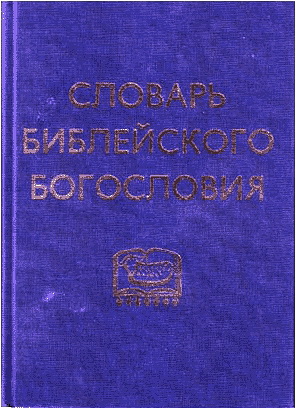
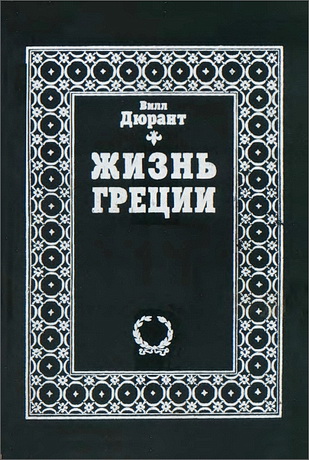
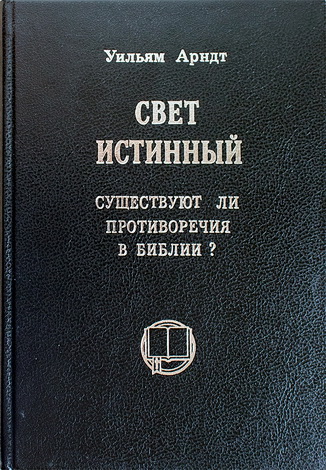
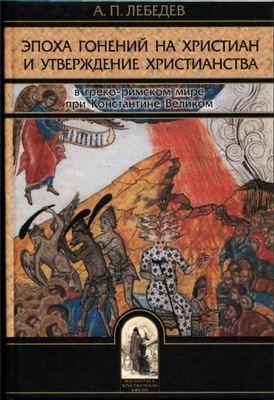
Комментарии (1 комментарий)
Качественный комментарий библеиста, обладающего большой "писучестью" (как когда-то говорили об И. Шифмане). Из всего, чем мне доводилось пользоваться, он по качеству следует за трехтомниками Д. Аллисона и У. Луца (жаль, что у последнего много картинок, как будто в рыцарском романе). Обязателен для исследователей Ев. Матфея и исторического Иисуса, ибо при создании любой, даже студенческой, работы есть библиографический канон.
Кстати, трехтомник Д. Аллисона уже сделали и сдали в кладовую старика Раббиновича, к-я кооперируется с Эсхатосом.